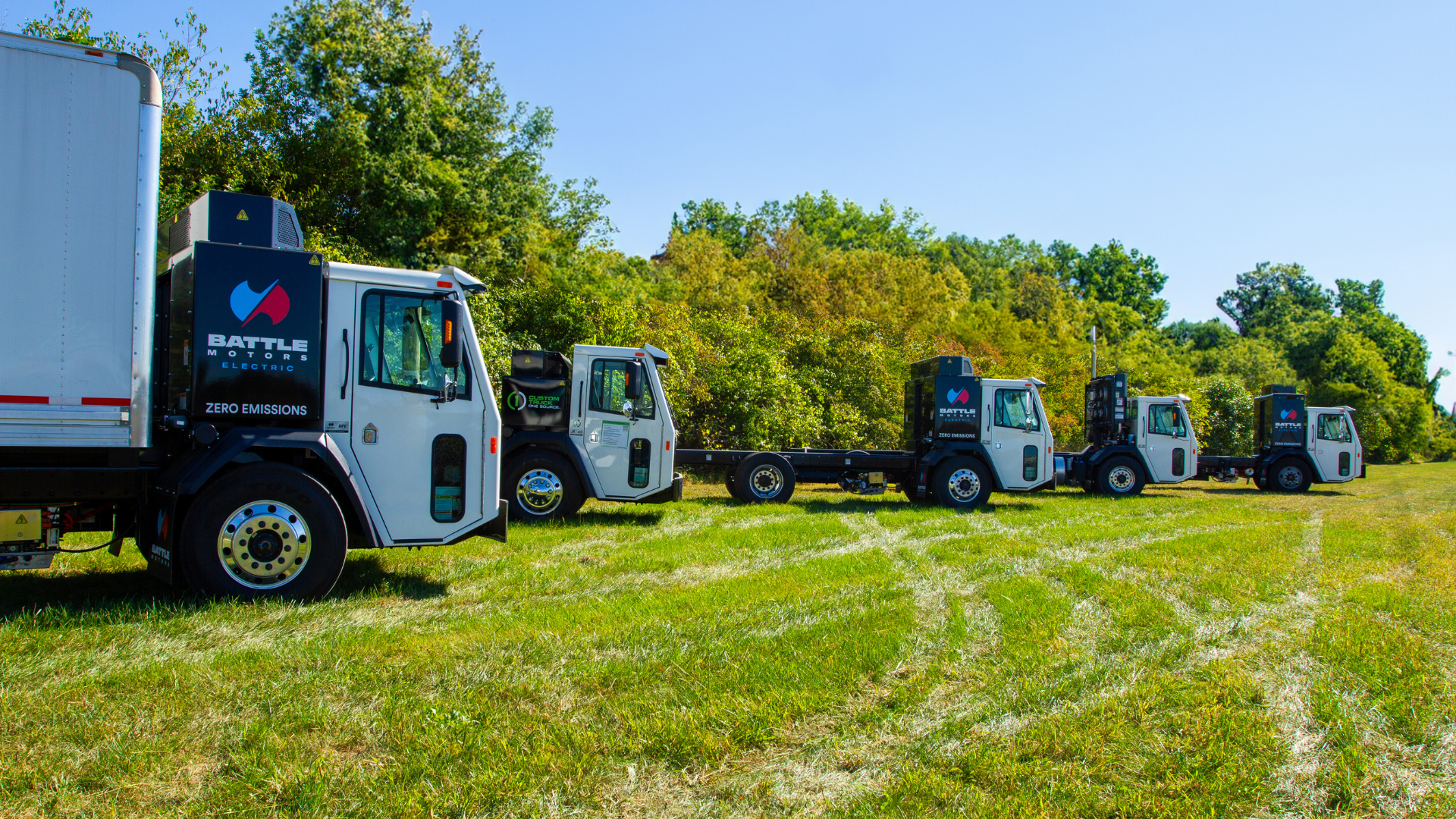
In 2024, the landscape of carbon emissions regulations for heavy equipment is poised to undergo significant transformations, reflecting a global commitment to reducing the environmental impact of industrial activities. These changes are not just a response to the urgent need for sustainability but also an acknowledgment of the technological advancements that have made cleaner heavy machinery feasible. As industries and governments worldwide push for greener alternatives, the heavy equipment sector finds itself at the forefront of an environmental and technological revolution.
Global Push for Stricter Emissions Standards
The shift towards stricter carbon emissions standards for heavy equipment is driven by the realization that the construction, mining, and agriculture sectors—among the largest users of such machinery—are also significant contributors to global carbon emissions. In the United States, for instance, the Environmental Protection Agency (EPA) has been working closely with manufacturers to establish more stringent emissions guidelines that aim to significantly reduce the carbon footprint of new machinery by 2024.
The implications of these regulatory changes are far-reaching. For manufacturers, there is a clear mandate to accelerate the development of low-emission and zero-emission vehicles (ZEVs). This has spurred a wave of innovation in the sector, with companies investing heavily in electric, hybrid, and alternative fuel technology. Notably, electric heavy equipment, once considered impractical for high-demand applications, is becoming increasingly viable. Innovations in battery technology and electric powertrains have led to the development of electric excavators, loaders, bulldozers, and chassis that promise not only to reduce carbon emissions but also to offer operational efficiencies, such as lower fuel costs and reduced maintenance requirements.
The Role of Government and Industry in Facilitating Change
Improvements in infrastructure, such as the expansion of charging stations and the availability of green hydrogen for fuel cell-powered vehicles, are also facilitating the transition to greener heavy equipment. Incentives, including tax breaks, grants, and subsidies, are being offered to encourage the adoption of low-emission equipment, making it financially viable for companies to upgrade their fleets.
However, the move towards stricter emissions standards is not without its challenges. The high upfront cost of new, cleaner machinery remains a significant barrier for many businesses, particularly small and medium-sized enterprises (SMEs). Retrofitting or replacing older equipment can also be prohibitively expensive and complex. To address these challenges, some regions have implemented phased approaches to the adoption of new standards, allowing companies more time to comply and access financial support mechanisms.
Navigating the Future of Heavy Equipment Sustainability
The 2024 carbon emissions standards for heavy equipment marks a pivotal moment in the industry’s evolution towards sustainability. While the path forward is challenging, it is also filled with opportunity. The push for cleaner machinery is not only a response to regulatory pressures but a strategic move towards a more sustainable and efficient future.
As technology continues to advance and the global community grows more committed to environmental stewardship, the heavy equipment sector is set to play a crucial role in shaping a greener, more sustainable world.
Custom Truck is committed to helping you navigate emissions regulations. Our electric vehicle solutions are designed to provide you with high-quality, powerful, American-made zero-emission vehicles custom-built to fulfill your needs. Contact us, and we’ll help you select the best emissions-friendly solution for your fleet.

